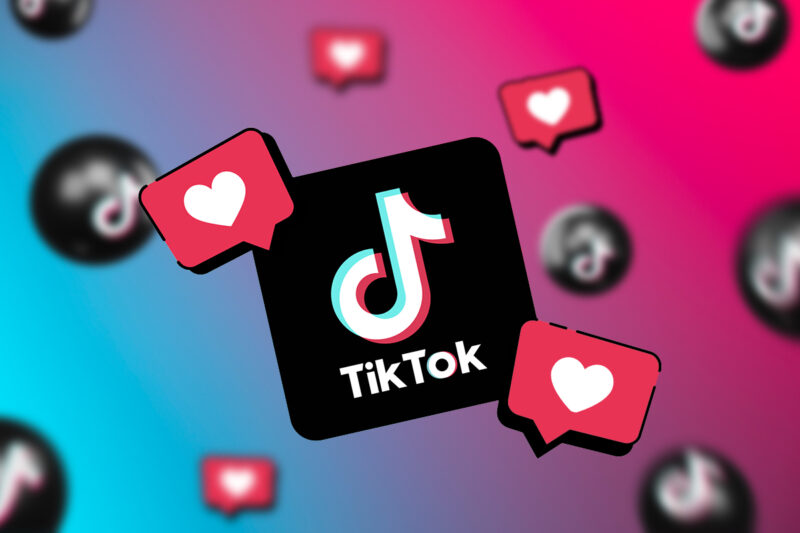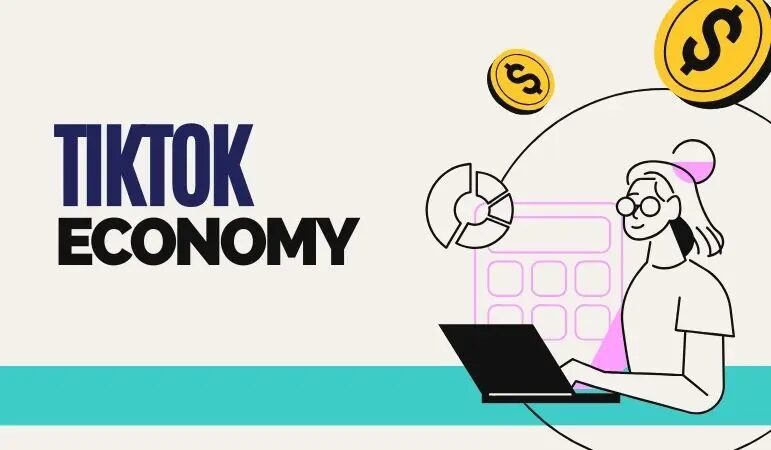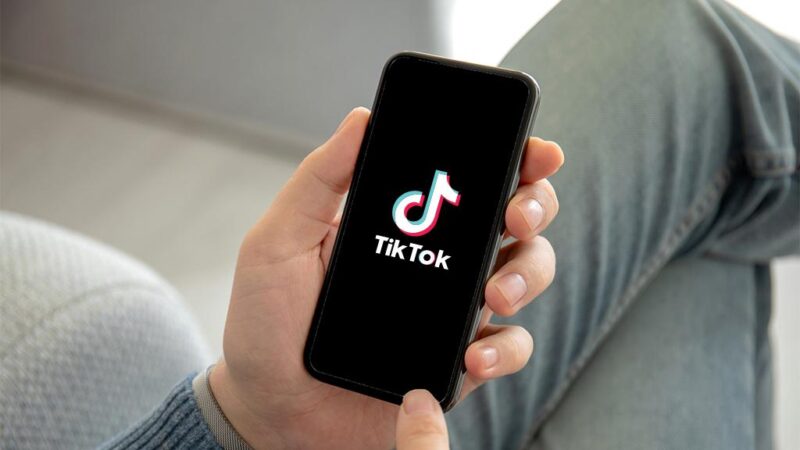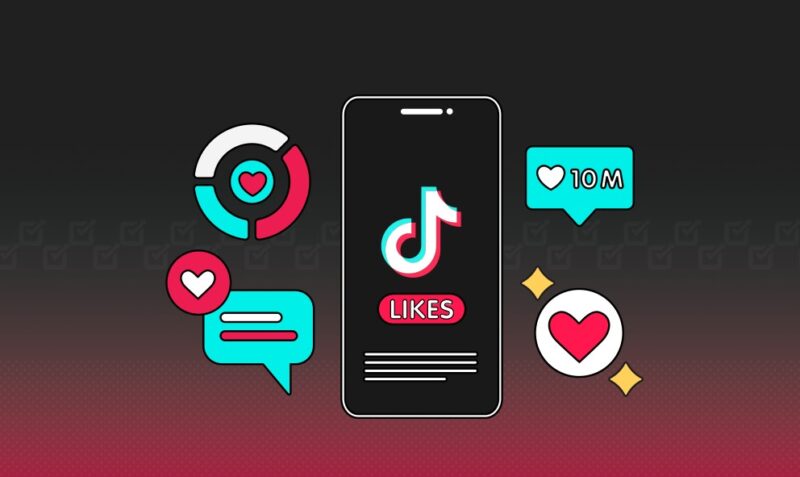TikTok has exploded in popularity over the last few years, becoming one of the most used social media platforms globally. The app allows users to create and share short videos, often set to music. But what is it that drives so much engagement on TikTok? A key factor is the concept of social proof through TikTok likes.
The Power of TikTok Likes

The likes of a TikTok video are public, a form of social endorsement. Videos that are more liked rise higher in feeds and viewed as more relevant. This becomes a snowball effect: Existing traction videos are picking up traction.
Likes are valuable to the extent of TikTok creators. In particular, likes serve as a proxy for audience interest and potential reach. A lot of creators want to grow organic, but some may experiment with buying cheap TikTok likes to get some initial visibility and momentum.
Some key powers of TikTok likes:
- Drive More Views. TikTok’s recommendation algorithm shows videos with more likes to more users. More eyes on content.
- Increase Credibility. People assume liked content is interesting or valuable. Higher perceived authority and influence.
- Spark Collaboration. It attracts interest in partnerships with other creators and brands.
- Monetization Potential. With high-performing viral videos, creators can earn directly.
In essence, TikTok likes to breed more likes. They demonstrate social proof that influences consumption choices and patterns – not just on TikTok but across the digital landscape.
Social Proof in the Digital Age
Social proof refers to people’s tendency to mirror the behaviors, choices and judgments of others in ambiguous situations. It stems from our basic human desire to fit in and avoid rejection or embarrassment.
In offline settings, we always use subtle social cues. We laugh because others in a room are, even if we don’t get the joke or take the time to check their reactions before crossing a busy road.
Metrics like likes, shares, followers, and subscribers measure the number of positive social endorsements online. They offer the social proof people want before they consume specific content or make a purchase.
Why We Crave Social Validation
Several psychological and emotional factors drive our craving for social proof and validation:
1. Risk Reduction
Uncertainty is reduced through likes, the risk is mitigated. Likes, shares, etc, if others validate something as good or worthwhile, then it reduces the risk that we’ll waste our time on low-quality content or products.
2. Herd Mentality
Humans have evolved to find safety, community and a shared purpose in groups and tribes. They like to tap into our primal urge to band together with those who share our perspectives and tastes.
3. Social Comparison
We constantly compare our popularity, social standing and “scoreboard” to others to gauge our progress and worth. Metrics like likes provide fixed markers for comparison.
4. Dopamine Hits
When there is anticipation of social approval, it sets off chemical dopamine responses similar to pleasures and reward sensations in the brain. Put simply, it’s good to be liked at a biological level.
5. Ego Boosts
The likes are external validation that gives us self-esteem boosts that feed our egos and the basic human need to feel understood and valued.
TikTok Cracking the Social Proof Code

The mass peer validation that TikTok’s platform has almost purpose-built itself around leveraging the psychological power of social proof to drive user engagement.
Some ways it achieves this:
- Frictionless Liking. With a simple double tap, TikTok removes any hurdles to showing approval and validating others. This increases overall volumes of likes as social proof markers.
- Instant Feedback Loops. Immediate visibility of accumulating likes on content provides real-time social affirmation. Seeing the counter climb resonates deeply.
- Virality Ethos. Everything from hashtag challenges to stitching friends’ content nurtures a culture of participating in viral phenomena. Going viral depends on snowballing social proof.
- Short-Form Content. The condensed videos perfectly fit modern attention spans. More bite-sized content consumption means increased opportunities for liking.
- Curated Feeds. TikTok’s algorithm detects minute user preferences through subtle signals like time spent on videos. It delivers exceptionally personalized feeds designed to engage us.
- Addictive Experience. Scrolling short videos arranged by engagement is purpose-built to hijack our focus. TikTok has been called the “Instagram Explore feed perfected”.
The app effectively strips away friction and fluff from the standard social media model. It reduces videos to only the most engaging elements and eliminates barriers to expressing approval through likes.
This allows TikTok to amplify our innate craving for social proof to unprecedented levels.
Implications Across the Digital Landscape
Although TikTok offers an extreme example, the social proof phenomenon is by no means restricted to the platform online consumption and trade all across the digital terrain are influenced by the same psychological factors.
Some examples beyond TikTok where likes and similar metrics wield influence:
Social Platforms. Collective endorsement is shown by the number of retweets, shares or comments on a post. It’s present in networks like Twitter, Instagram, Reddit, and more.
Media Sites. Upvotes and reactions help surface the most resonant stories and perspectives. Or show controversy rather than consensus.
Review Platforms. Star ratings and the helpfulness of reviews guide purchasing decisions. Consensus trumps individual opinions.
Marketplaces. Signals like order volume and ratings of sellers and products provide credibility within ecommerce ecosystems.
Dating Apps. Mutual matches offer social proof of desirability. Especially when percentage match scores are high.
Digital Events. Registration numbers or waitlists for online events demonstrate their popularity and relevance.
The common thread is that other users’ expressions of preference—whether likes, upvotes, stars, shares, or matches—provide social proof that exponentially amplifies content, causes and products.
Strategic Implications for Creators, Brands and Platforms

Understanding the psychological basis and commercial impacts of social proof points to some clear opportunities across the digital landscape:
Build Trust and Credibility. Leverage social proof signals to establish authority and trustworthiness in competitive online environments.
Spark Bandwagon Effects. Seed enough initial social endorsement to reach critical mass. Then let herd mentality kick in.
Double Down on Existing Traction. Spot opportunities to nourish sparks of organic engagement into viral wildfires.
Incentivize Participation. Gamify experiences to encourage the small actions that ultimately build social proof at scale.
Conclusion
Humans have always relied on social proof to navigate uncertainty. Online metrics have now quantified peer validation into trackable benchmarks that carry increasing weight across the digital experience.
TikTok demonstrates the tremendous commercial potential when social technology, user psychology and frictionless interaction design all align. As digital maturity increases across generations, the power of likes and other signals will only intensify.
Those who understand and appreciate social proof as a resource to develop rather than just a vanity metric will benefit. It’s about understanding and harnessing the phenomenon to attract customers, rally communities, or catalyze movements.
And pursue those likes, retweets, upvotes and more. Be sure to strike that balance between digital vanity metrics and real-world impact.
Related Posts:
- Understanding Consumer Trends in the Digital Space
- What is Network Redundancy and Why Does It Matter? Explained
- What Are Virtual Power Plants and Why Do They Matter?
- How to Choose the Right Software: Why Comparisons…
- How to Find a Social Media Profile by Face?
- Can You Sue for Damages Caused by Social Media Addiction?







